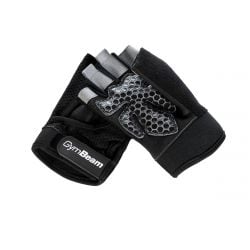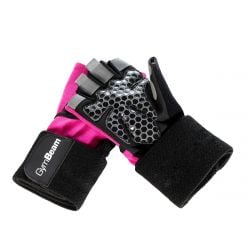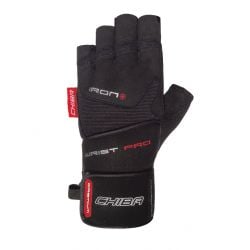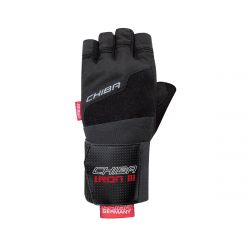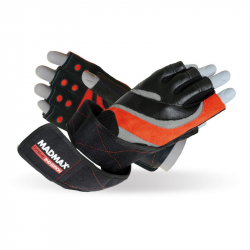We use cookies to make your experience better. To comply with the new e-Privacy directive, we need to ask for your consent to set the cookies. Learn more
Weight Lifting Gloves
Weight Lifting Gloves are essential equipment for anyone who engages in strength training and wants to avoid calluses, blisters, and other abrasions on their hands. These gloves most commonly cover the palms and the lower parts of the fingers, which are involved in gripping. The wrist area of such gloves is often adjustable to provide a better fit while exercising. However, the purpose of these gloves is not just to protect your hands. They also serve other important functions, such as sweat-wicking. This prevents fitness equipment from slipping, ensuring a firmer grip in the process.
Show moreWhat types of gloves can you find in this category?
- Women's and men's weight lifting gloves are mainly used in the gym, for exercises with dumbbells, barbells, machines, or on the pull-up bar. Whether you're doing pull-ups or working on your abs, a secure grip is essential, and these gloves can help precisely with that. Moreover, they typically have a non-slip surface and efficient sweat-wicking properties, allowing you to hold on even tighter. This can help you perform a few extra repetitions in each set.
- Endurance athletes will also find something to their liking. For example, there are full-fingered Unstoppable gloves, which provide warmth during running or cycling in colder weather.
- In addition to weight lifting gloves, you will also find grip pads in this category. These are a popular choice among people who want a firmer grip but don't like wearing full gloves. Grip pads are easy to put on and protect the palms and lower parts of the fingers. They also include non-slip pads, ensuring a firm grip on the barbell, for example.
Gloves differ not only in whether they are fingerless or full-fingered, but also in the materials used. You can choose between neoprene gloves, gloves made of microfiber, leather, nylon, polyester, and other durable materials.
Show less





